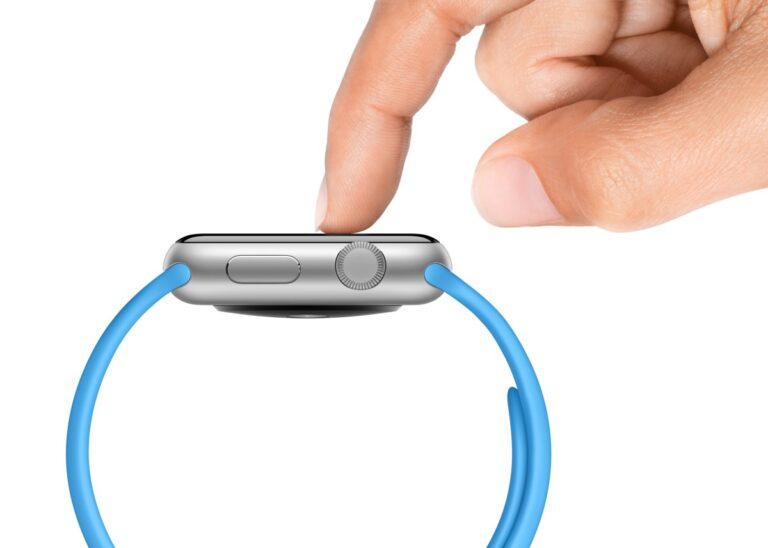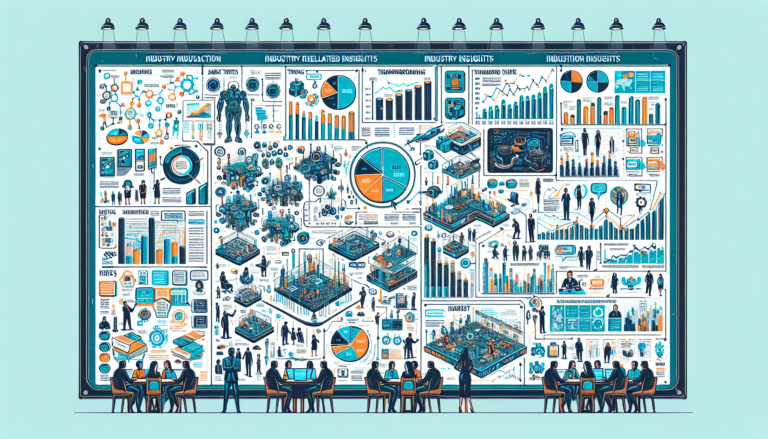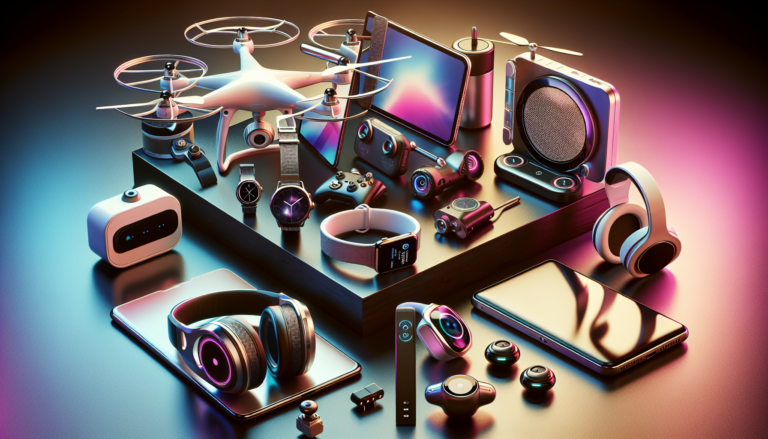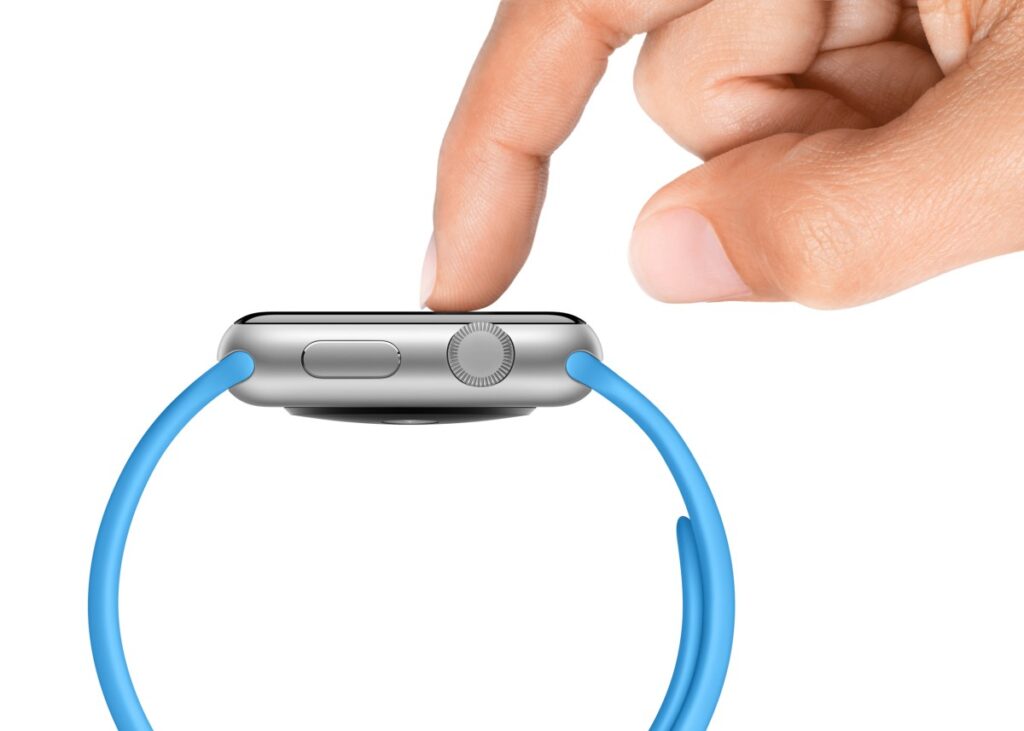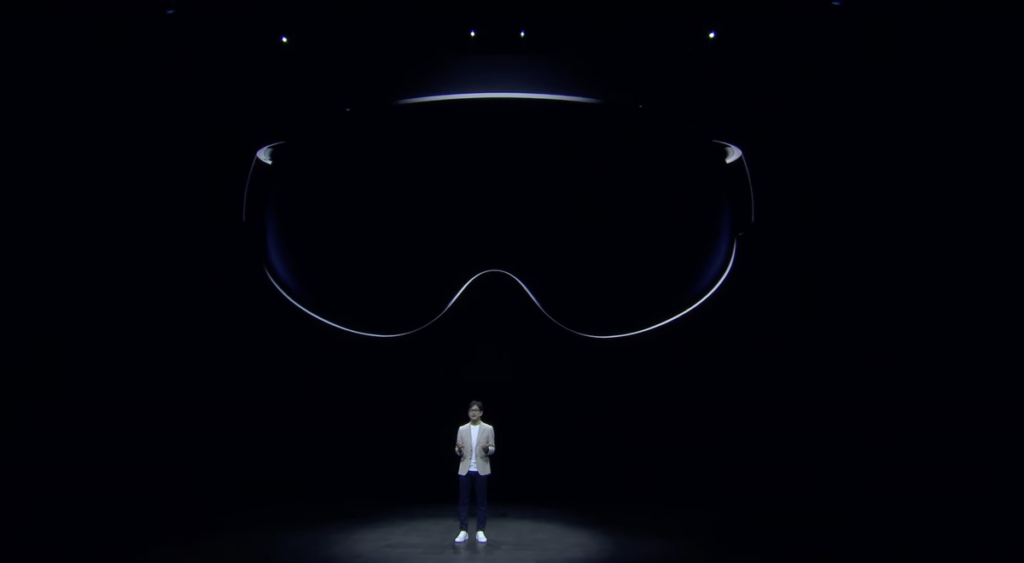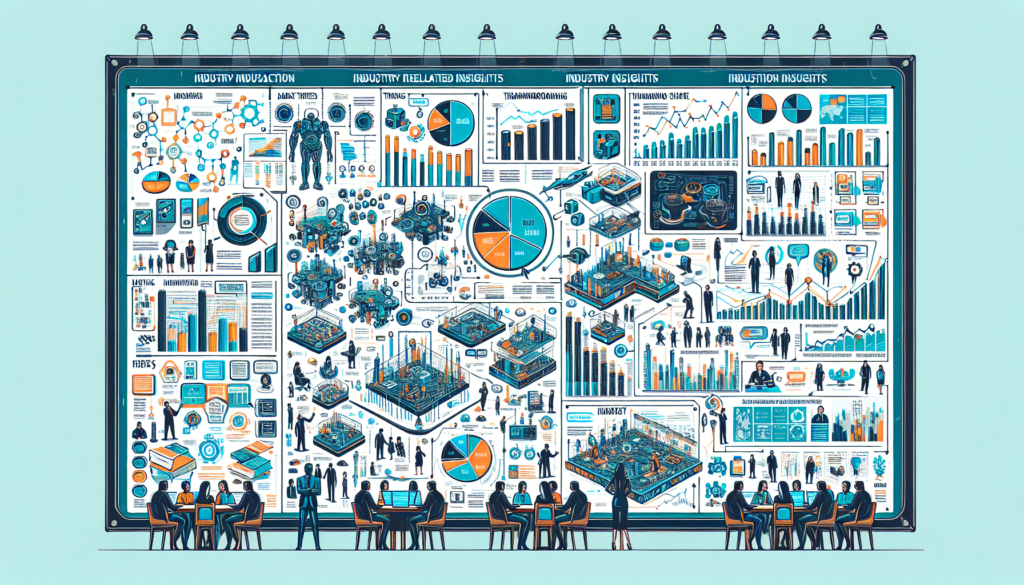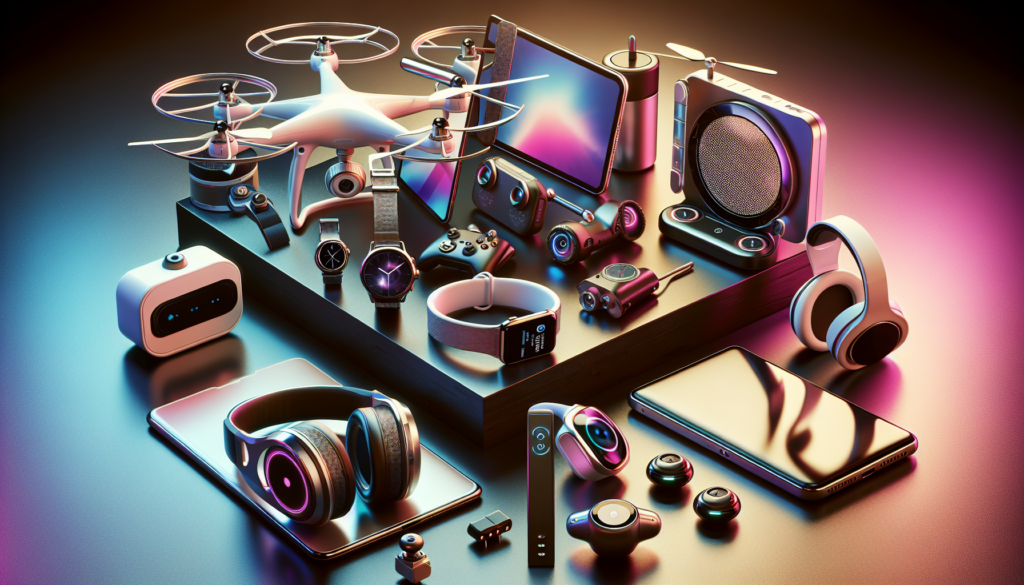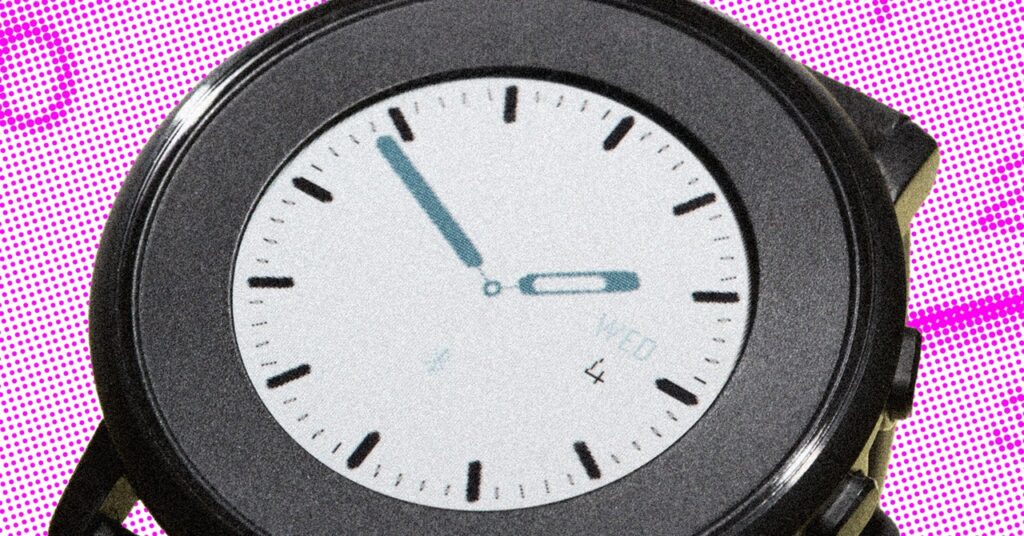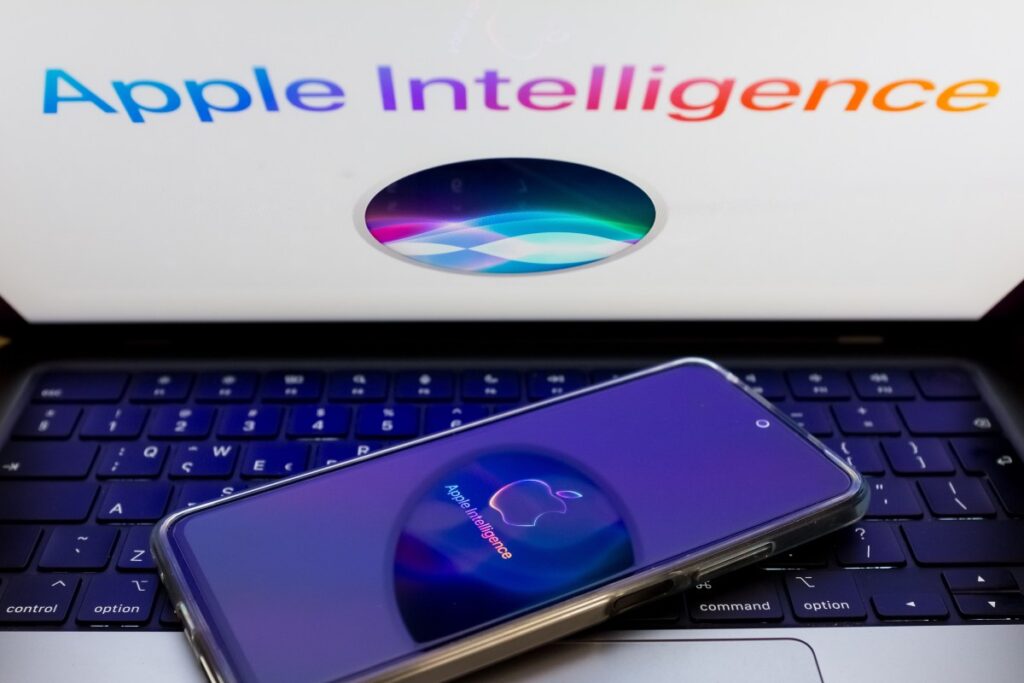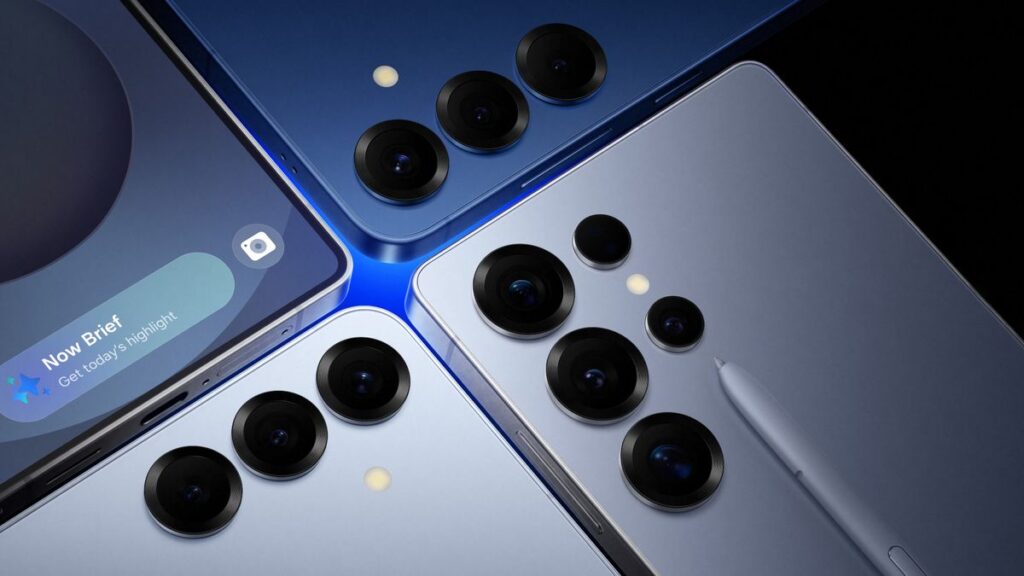The Rise of the Tiny AI Tool
At the recent Samsung S25 launch event, attendees were treated to a showcase of cutting-edge technology and innovative features. However, amidst the buzz of the flagship smartphone, a tiny AI tool managed to steal the spotlight. This small yet powerful tool demonstrated how artificial intelligence can enhance user experience in ways that were previously unimaginable. As technology continues to evolve, the importance of such tools cannot be understated, as they pave the way for smarter, more intuitive devices.
The tiny AI tool, which integrates seamlessly into the Samsung S25, offers capabilities that go beyond simple voice commands or basic automation. Instead, it leverages advanced algorithms to learn user preferences and adapt to their unique habits. This tool represents a significant leap forward in personal technology, as it not only responds to commands but anticipates user needs, creating a truly personalized experience.
How It Works: Behind the Scenes of the Tiny AI Tool
The magic of the tiny AI tool lies in its sophisticated machine learning algorithms. These algorithms analyze vast amounts of data to understand user behavior and preferences. For instance, the tool can learn from the user’s daily routines, such as preferred apps, frequently visited locations, and even communication styles. By processing this information, the AI can make suggestions or automate tasks that enhance daily efficiency.
One of the standout features of this tool is its ability to provide context-aware assistance. Imagine a scenario where you’re in a meeting, and the AI recognizes that you’ve been silent for a while. It can gently suggest taking a break or even remind you of your next appointment without interrupting the flow of conversation. This level of awareness not only showcases the AI’s capabilities but also highlights its potential to improve productivity in both personal and professional settings.
Integration with Other Samsung Devices
Another reason why the tiny AI tool captivated the audience is its seamless integration with other Samsung devices. The S25 is not just a standalone smartphone; it acts as the central hub of a connected ecosystem. The tiny AI tool can communicate with smart home devices, wearables, and even other appliances. This interconnectedness allows for a cohesive user experience across multiple platforms.
For example, when the user is heading home, the tiny AI tool can communicate with smart thermostats to adjust the temperature, turn on the lights, and even prepare the coffee maker—all before the user steps through the door. Such integration not only saves time but also exemplifies the convenience that modern technology offers. As consumers continue to embrace smart homes, the ability of this tiny AI tool to coordinate various devices will likely make it an essential feature for many users.
User-Centric Design: The Key to Success
The design of the tiny AI tool prioritizes user experience, making it incredibly intuitive and easy to use. Unlike traditional AI systems that often require extensive training or technical knowledge, this tool is designed for everyone. Users can interact with it through simple voice commands or touchscreen gestures, making it accessible to individuals of all ages and tech-savviness.
Moreover, the AI tool places a strong emphasis on privacy and security. In an era where data breaches and privacy concerns are prevalent, Samsung has implemented robust security measures to ensure that user data is protected. Users can rest assured that their information is safe, which is crucial for building trust in AI technology. This focus on user-centric design sets the tiny AI tool apart from competitors, as it aligns with the growing consumer demand for privacy-conscious technology.
Real-Life Applications: Enhancing Everyday Life
The practical applications of the tiny AI tool are vast and varied. From personal organization to health management, this AI tool can significantly enhance everyday life. For instance, it can help users manage their schedules by automatically suggesting optimal times for meetings based on past preferences and current commitments. This feature not only saves time but also reduces the stress associated with scheduling conflicts.
In terms of health management, the tiny AI tool can track fitness activities, monitor dietary habits, and even offer reminders for medication. By analyzing user data, the AI can provide personalized health tips and encouragement, empowering users to make healthier choices. Such applications highlight the potential of AI to improve quality of life, making it a valuable addition to any tech-savvy individual’s arsenal.
The Future of AI in Smartphones
The success of the tiny AI tool at the Samsung S25 launch event signals a shift in the way consumers interact with their devices. As artificial intelligence continues to evolve, we can expect to see even more advanced features and capabilities in future smartphone models. The tiny AI tool sets a precedent for what is possible, pushing the boundaries of user interaction and personalization.
Looking ahead, we may see AI tools that can not only respond to commands but also engage in meaningful conversations, understand emotional cues, and offer proactive solutions to everyday challenges. As developers continue to refine these technologies, the potential applications are limitless. The tiny AI tool’s success at the Samsung S25 launch event is just the beginning of a new era in smartphone technology.
Consumer Reaction: The Buzz Around the Tiny AI Tool
The audience’s reaction to the tiny AI tool at the launch event was overwhelmingly positive, with many expressing excitement about its potential. Attendees were particularly impressed by the tool’s ability to learn and adapt, viewing it as a significant advancement in smartphone technology. Social media platforms lit up with discussions about the AI tool, as consumers shared their anticipation for the Samsung S25 and its innovative features.
Many consumers are eager to experience the convenience and efficiency the tiny AI tool promises. As word spreads about its capabilities, the demand for such technology will likely increase. This highlights a growing trend in the tech industry: consumers are no longer satisfied with basic functionalities; they seek devices that offer a comprehensive and personalized experience.
Conclusion: A New Era of Personalized Technology
The tiny AI tool that stole the spotlight at the Samsung S25 launch event marks a pivotal moment in the evolution of smartphones. Its ability to learn, adapt, and integrate with other devices exemplifies the future of technology—a future where devices are not just tools, but intelligent companions that enhance our daily lives. As we embrace this new era of personalized technology, it’s clear that the tiny AI tool will play a significant role in shaping how we interact with our devices in the years to come.

